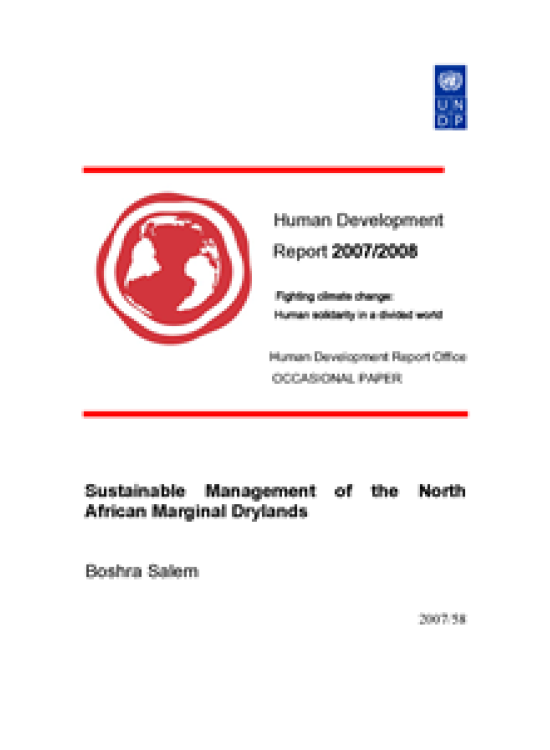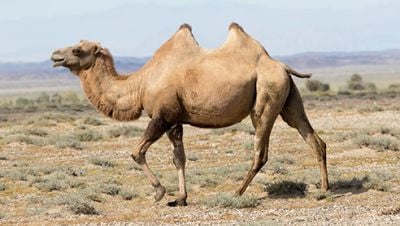Sustainable Management of the North African Marginal Drylands

Download Report by Language
Document
salemboshra.pdf
(172.36 KB)
Citation
Salem, Boshra. 2008. Sustainable Management of the North African Marginal Drylands. New York.
Sustainable Management of the North African Marginal Drylands
Posted on: January 01, 2008
Drylands – areas with primary productivity limited by water – cover about 40% of the land surface and contain about one fifth of the human population (Millennium Ecosystem Assessment, 2005). This population is typically convergent on areas with relatively lower aridity, further intensifying the stresses on these marginal lands. The concept of marginality applies to these drylands in a socio-economic sense, where the inhabitants commonly suffer poverty and lack of resources. These areas are often politically marginalized as well. A number of driving factors underlie the difficulty of people living in drylands and the generally degraded condition of ecosystem services – a condition described in general as desertification. Anthropogenic activities are almost entirely responsible for these factors. The impacts of these factors on the human society are quite profound and often lead to trans-migration to other eco-regions as well as social and political strife. Thus approaches for management of drylands resources must be viewed in the broader socio-economic context by providing the opportunities for local communities to explore viable, alternative livelihoods while maintaining their own cultural and societal fabric.

